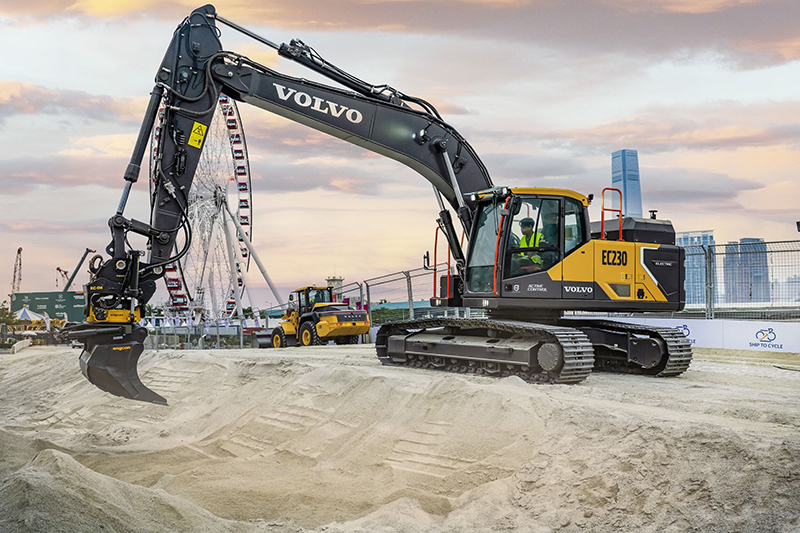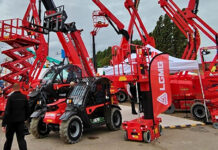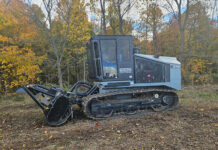VOLVO CE has announced it is publishing its Product Carbon Footprint (PCF) reports, which provide data to help customers understand their complete emissions and take action to reduce their own carbon footprint.
The methodology, developed in-house by Volvo CE experts, works by analysing the carbon footprint of every aspect of a product’s life – incorporating both traditional and electric machines across the company’s portfolio. It covers all steps from the extraction of raw materials, component manufacturing and machine assembly, through to recycling and end-of-life.
Volvo explained the principles of the methodology are based on two global standards: the global ISO standard for Life Cycle Assessment and the Green-house Gas Protocol.
The numbers are translated into a report for each product, providing a baseline. Volvo described this as ‘essential’ information for customers and for Volvo CE, which has ambitions to reach net zero greenhouse gas emissions in its entire value chain by 2040.
Rickard Alm, head of the Life Cycle Assessment (LCA) programme at Volvo CE, said, “Customers are now rightly looking with absolute scrutiny at carbon performance – on a par with other considerations like cost and quality. With our Product Carbon Footprint reports, we are making it easier to have quick access to the information needed and enabling them to act on their decarbonisation ambitions.
“We are proud to be at the forefront with the most extensive PCF analysis available today in the construction industry to ensure the right choices are made now to deliver on our sustainable transformation.”
Today, customers can visit the Volvo CE website and download PCF reports on conventional articulated haulers, wheel loaders and excavators, as well as selected electric offerings, such as the ECR25 Electric and EC230 Electric excavators.
The manufacturer stated that the reports demonstrate that electric machines are a ‘more sustainable choice’ over their entire life cycle when compared to diesel.
“Depending on the energy mix used to charge the batteries, the emissions from the use phase of an electric machine are reduced by up to 95%,” Rickard added. “While battery manufacturing results in a higher carbon footprint for electric machines during the production phase, when compared to diesel, overall carbon emissions for an electric machine are still reduced 80-90% over the entire life cycle.”











